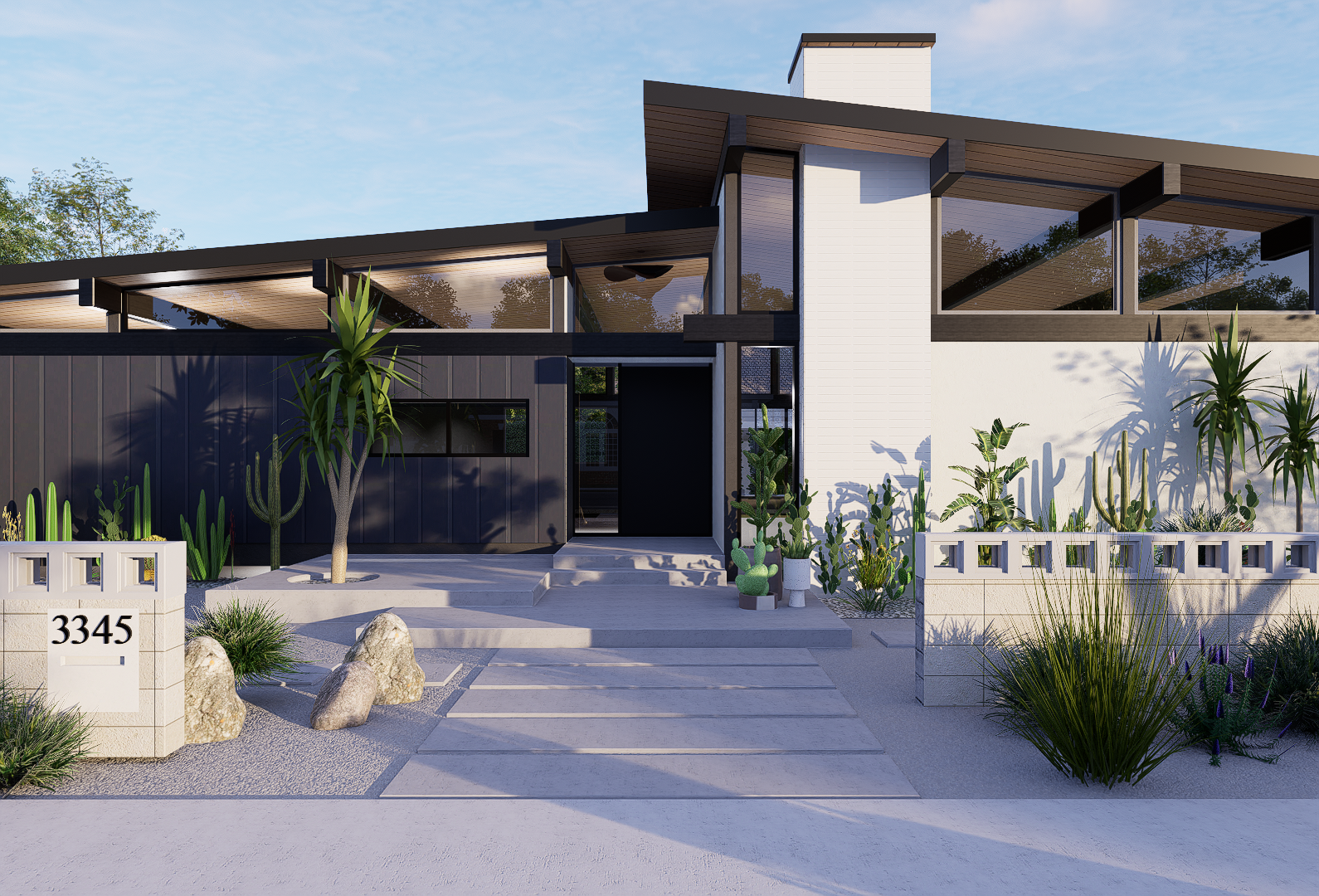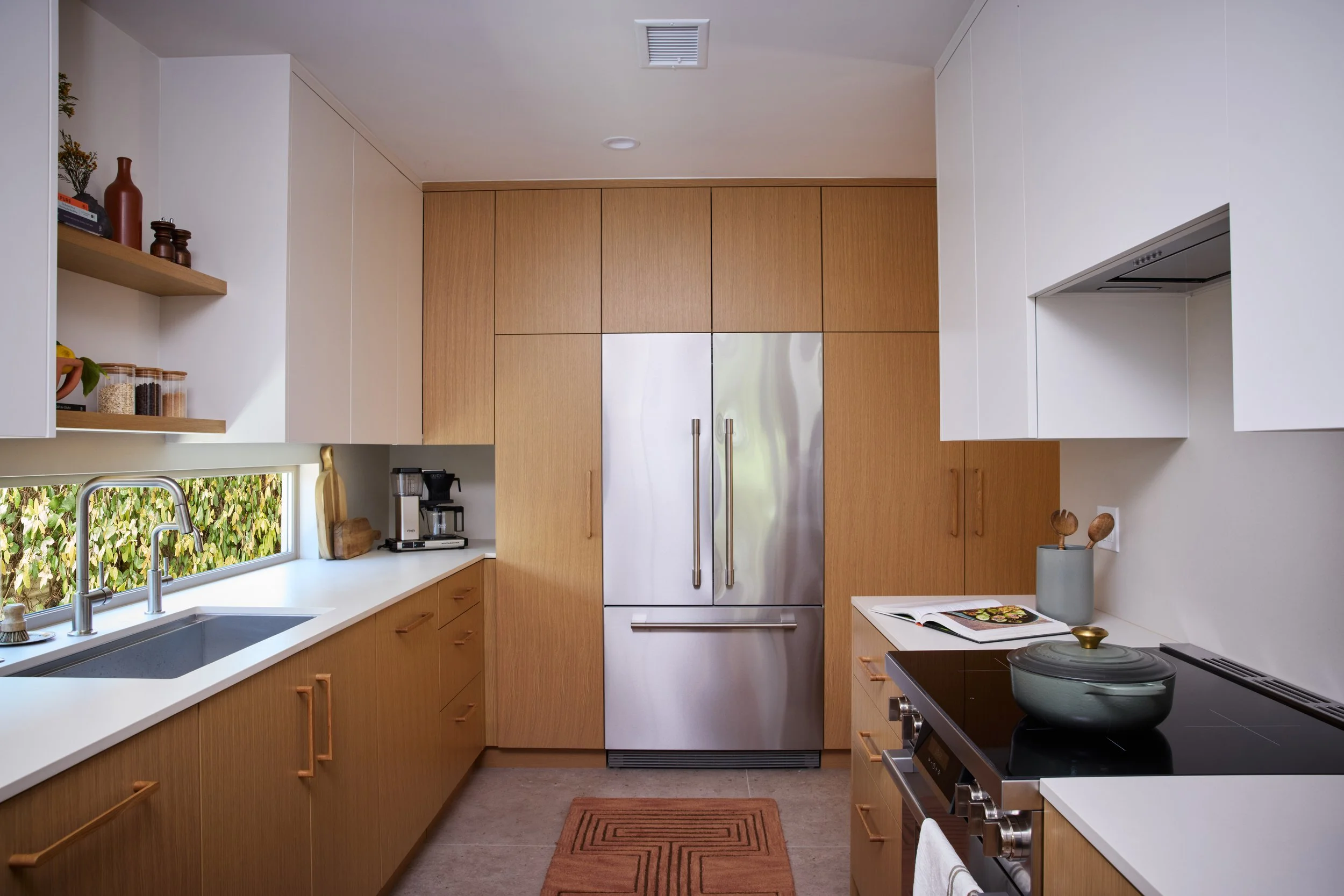Why Design-Build Works Better Than Design-Bid-Build
Introduction
If you’ve started exploring a remodel or new home build, you may have heard the terms design-build and design-bid-build. At first, they sound similar, but the experience between the two couldn’t be more different.
The traditional design-bid-build model separates the designer from the contractor.
The design-build model brings them together under one roof, including contractor work.
That difference changes everything. It changes how accurately you can plan your budget to how smoothly your project runs.
At Dacotah Studio, we are passionate about the design build model because we’ve seen all sides of a project. In this article, we will walk you through why the design-build approach consistently leads to better results for our clients in Pasadena and Northeast Los Angeles.
Key Takeaways
One team, one process. Design-build unites design and construction under one roof for better coordination and accountability.
Realistic pricing from the start. Early cost input from builders keeps your design aligned with your investment.
Clear communication, fewer surprises. With one integrated team, updates, decisions, and progress stay connected and transparent.
Shared accountability. Design-build removes confusion about who’s responsible. Your entire project stays with one team.
Faster, smoother workflow. Because planning and construction overlap, projects move forward more efficiently.
A more personal experience. Homeowners work with one dedicated team from concept to completion, creating a seamless and supportive process.
Table of Contents
Design and construction work as one team
In design-bid-build, you start with an architect or designer, complete plans, and then send them out for contractor bids. It sounds efficient, but in practice, this separation often leads to confusion, cost overruns, and communication gaps.
Design-build removes that friction. The designer and builder collaborate from day one, aligning vision, materials, and constructability early in the process. The result is a unified team working toward the same goal, which is your finished home.
You get accurate pricing early
When design and construction are separate, pricing doesn’t come into play until plans are complete. That means if the design exceeds your budget, you must go back, redraw, and start over.
With a design-build studio like Dacotah, construction insight is built into every design decision. Our team estimates costs throughout the planning phase, using real data from past projects.
You’ll know early on whether your ideas match your budget, saving time, money, and frustration later.
Fewer surprises and smoother communication
One of the biggest challenges in remodeling is the handoff between designer and builder. Each side may interpret plans differently, leading to delays or unexpected costs once construction begins.
In a design-build setting, there’s no handoff. Everyone communicates through the same system, tracks updates in one place, and works toward the same plan.
Our clients have full visibility through our Materio digital platform, which keeps progress, costs, and communication organized from start to finish.
Accountability stays in one place
With design-bid-build, accountability is split between the designer and the contractor. If issues come up during construction, it’s not always clear who’s responsible.
That can leave homeowners feeling caught in the middle and not sure where to turn.
Design-build eliminates that problem entirely. One team handles design, permitting, and construction, so accountability stays with us from concept to completion.
We own the process and the outcome.
The process is faster and more efficient
A remodel or custom build involves hundreds of moving parts. In the design-bid-build model, each phase must wait for the next one to finish before moving forward.
That stop-and-start rhythm adds time to the schedule.
Design-build allows overlapping phases, where permitting, material selections, and early planning can happen in parallel.
Because our entire team is involved from the beginning, decisions move faster, and construction begins sooner.
The experience feels more personal
Homeowners often tell us they want one thing above all else: clarity. They don’t want to chase updates, manage multiple firms, or worry about conflicting opinions.
Design-build was created for exactly that reason.
Working with one team means you have a single point of contact, a shared vision, and consistent communication throughout. It’s a process built on collaboration, not competition and it shows in the final result.
Final Thoughts
The traditional design-bid-build model may seem familiar, but it’s rarely the most efficient or transparent path to a great outcome.
Design-build offers a more cohesive, collaborative, and realistic approach. It is one that gives homeowners clear expectations, real-world budgets, and an experience that feels organized from start to finish.
If you’re planning a remodel or custom build in Pasadena or Northeast Los Angeles, our team would be happy to walk you through what design-build could look like for your home.
FAQ’s
What’s the main difference between design-build and design-bid-build?
In design-bid-build, homeowners hire a designer first, complete plans, and then seek contractor bids. Design-build combines both under one roof, with one team handling the entire process from planning to construction.
Why is design-build often more efficient?
Because the design and construction teams collaborate from the start, decisions move faster, permitting can begin earlier, and potential conflicts are resolved before construction starts.
Is design-build more expensive than traditional remodeling?
Not necessarily. In fact, it often saves money because design decisions are made with real-time cost input. Fewer change orders and rework mean fewer unexpected expenses.
Does Dacotah Studio handle permitting and city coordination?
Yes. Our team manages the entire permitting process for Pasadena and surrounding Northeast Los Angeles cities. We coordinate directly with local departments so clients don’t have to.
What types of projects work best with the design-build model?
Whole-home remodels, additions, ADUs, and custom new builds benefit most from the design-build approach. These projects involve many moving parts that are best managed by one integrated team.
How does Dacotah Studio keep clients informed during the process?
We use a digital project platform called Materio that tracks every detail: design updates, budgets, schedules, and communication. This way clients always know what’s happening and why.









